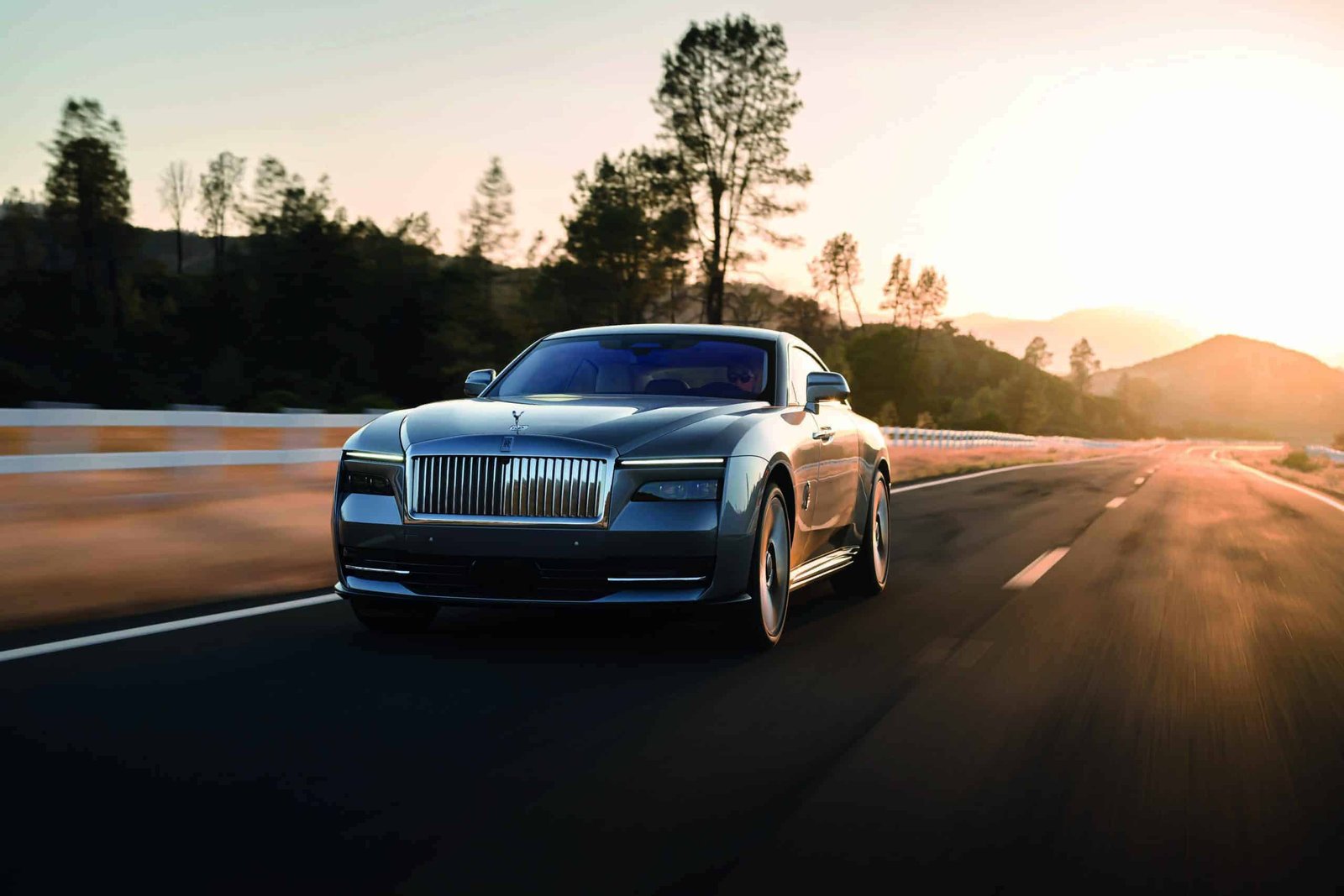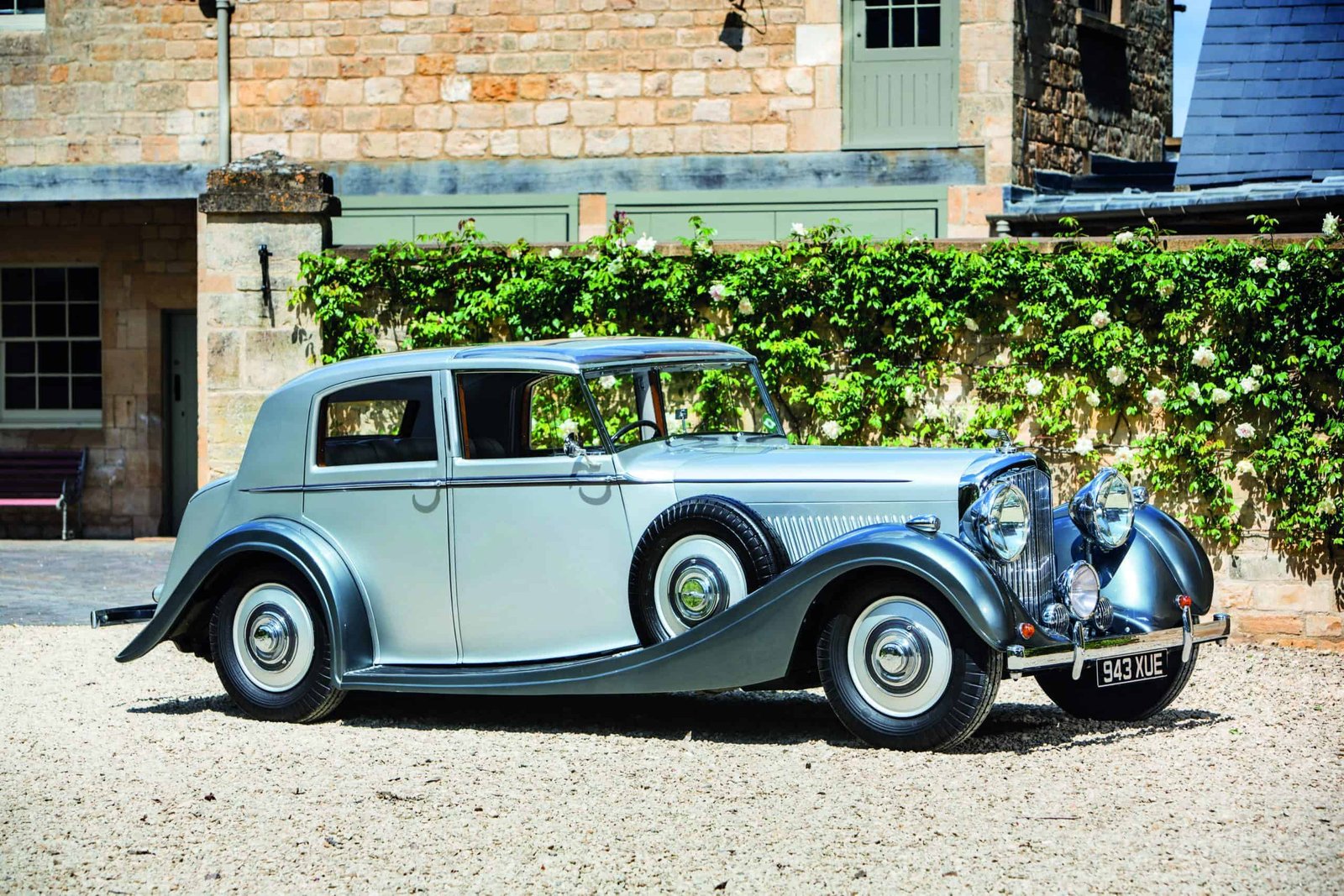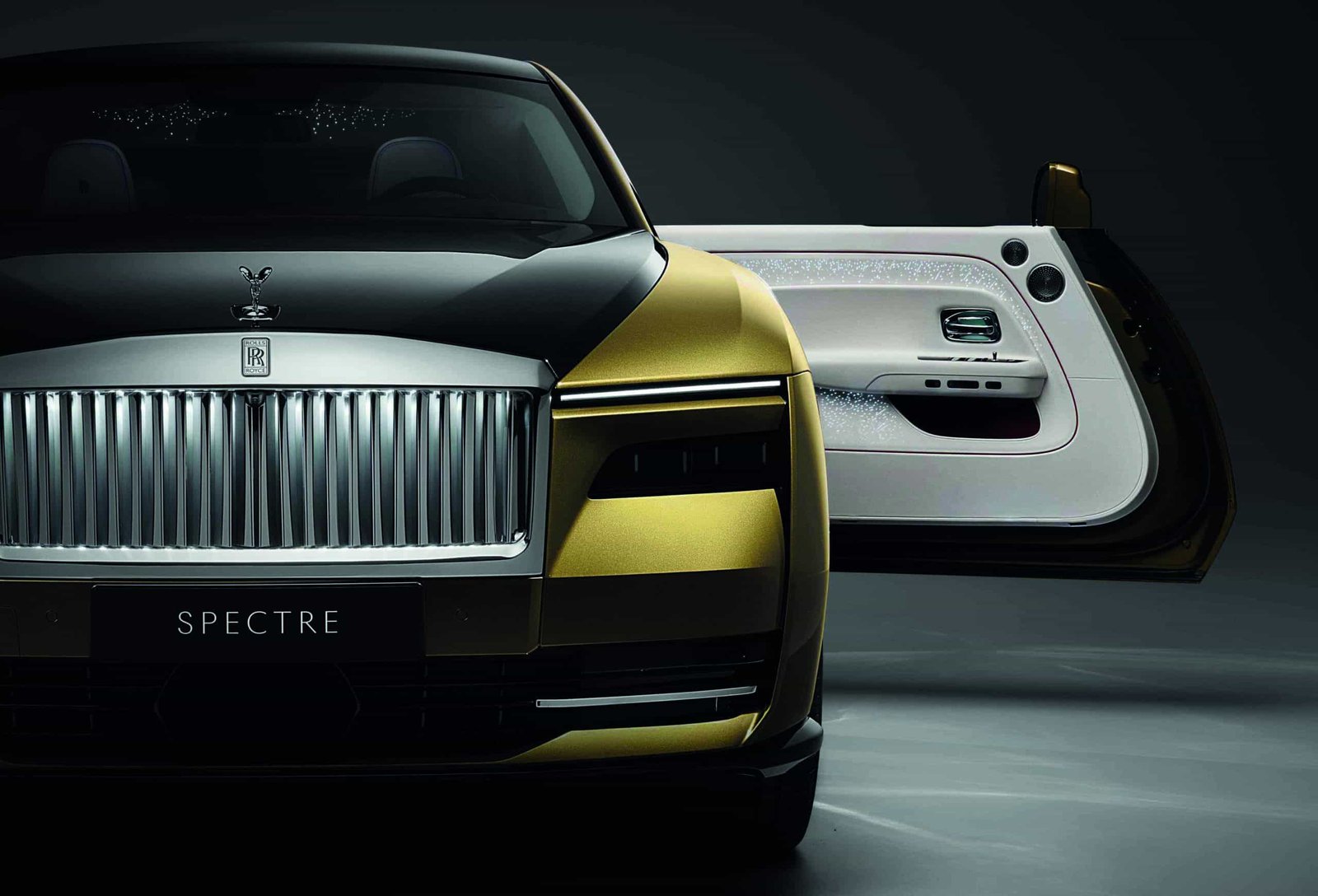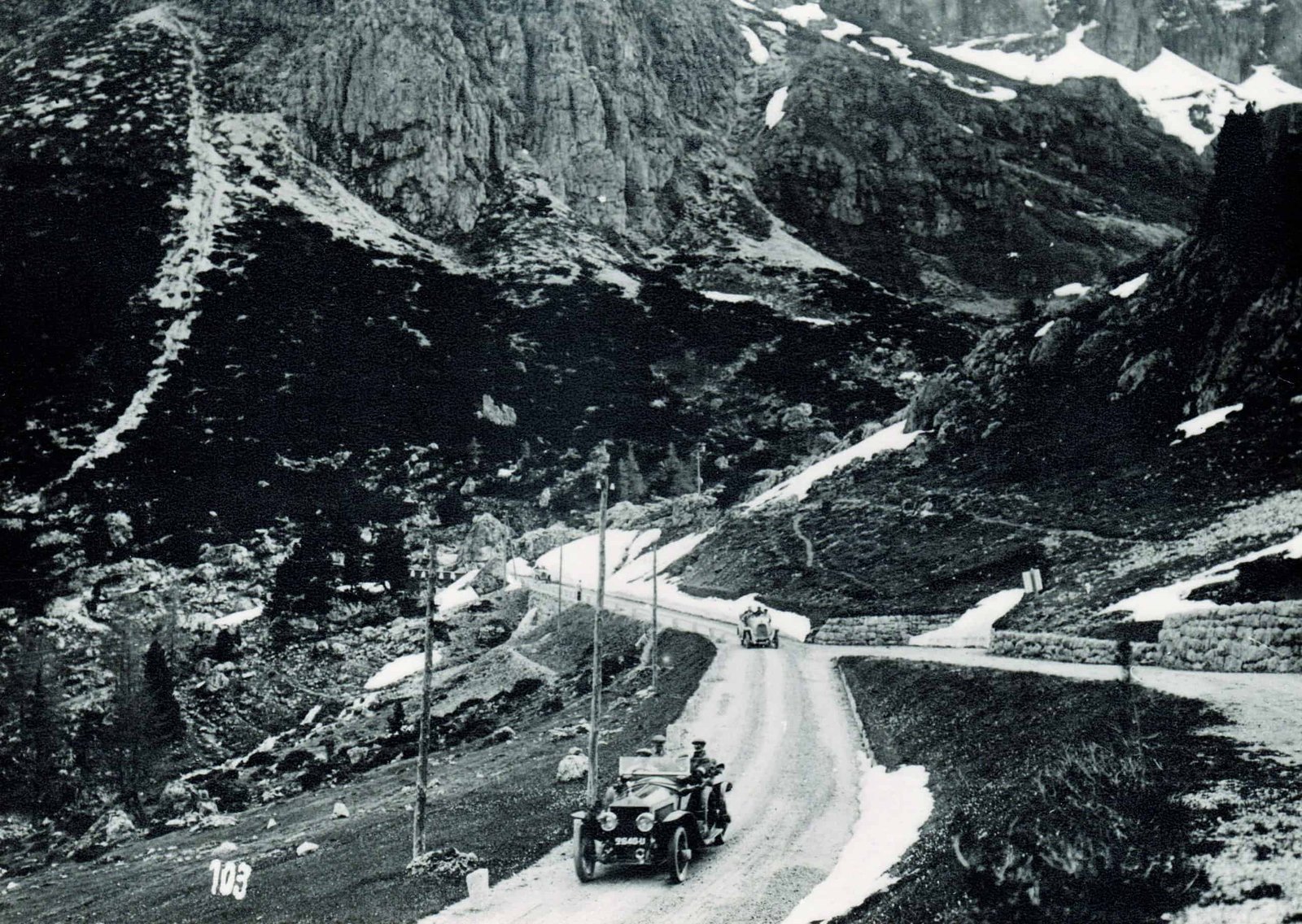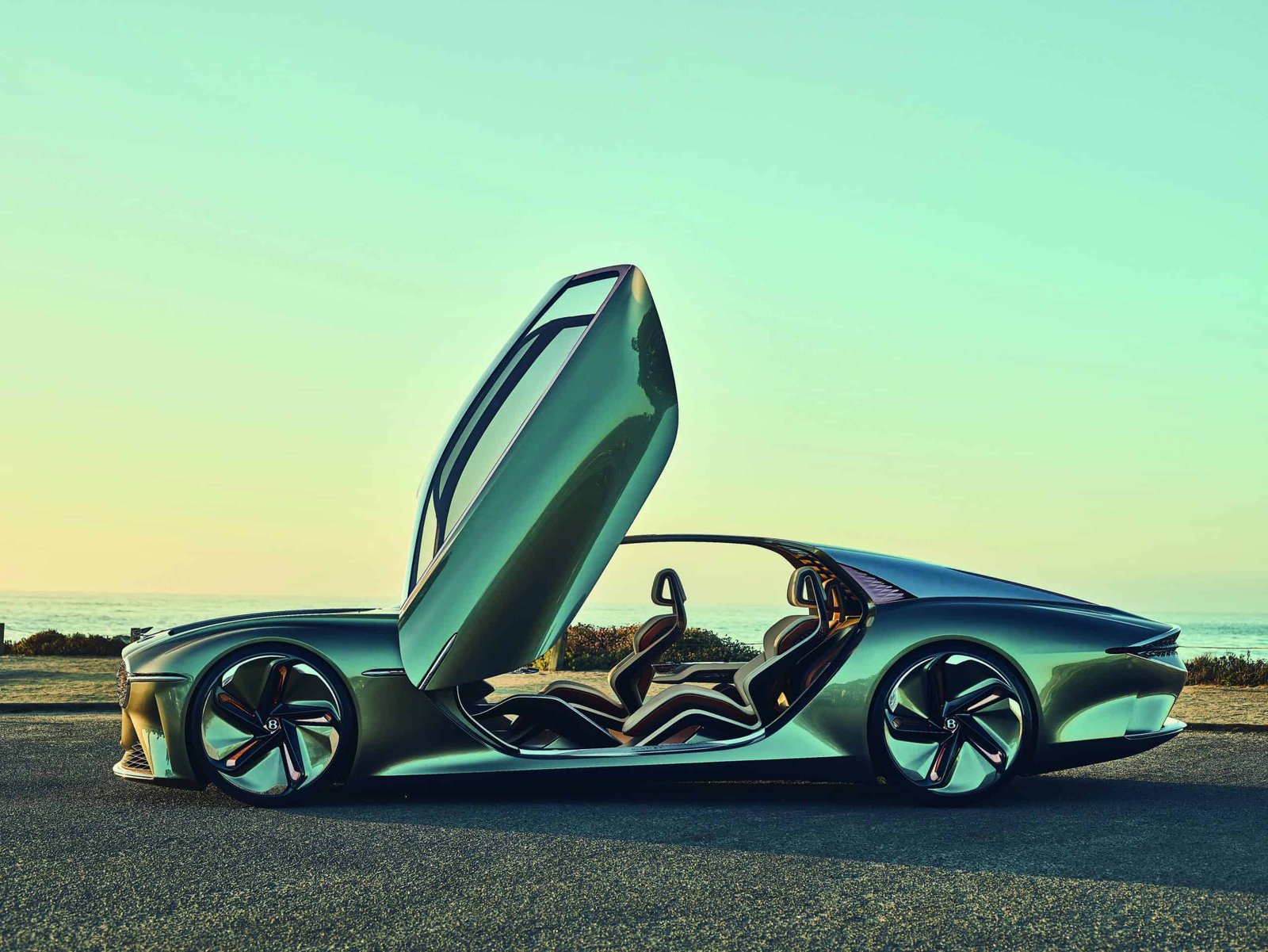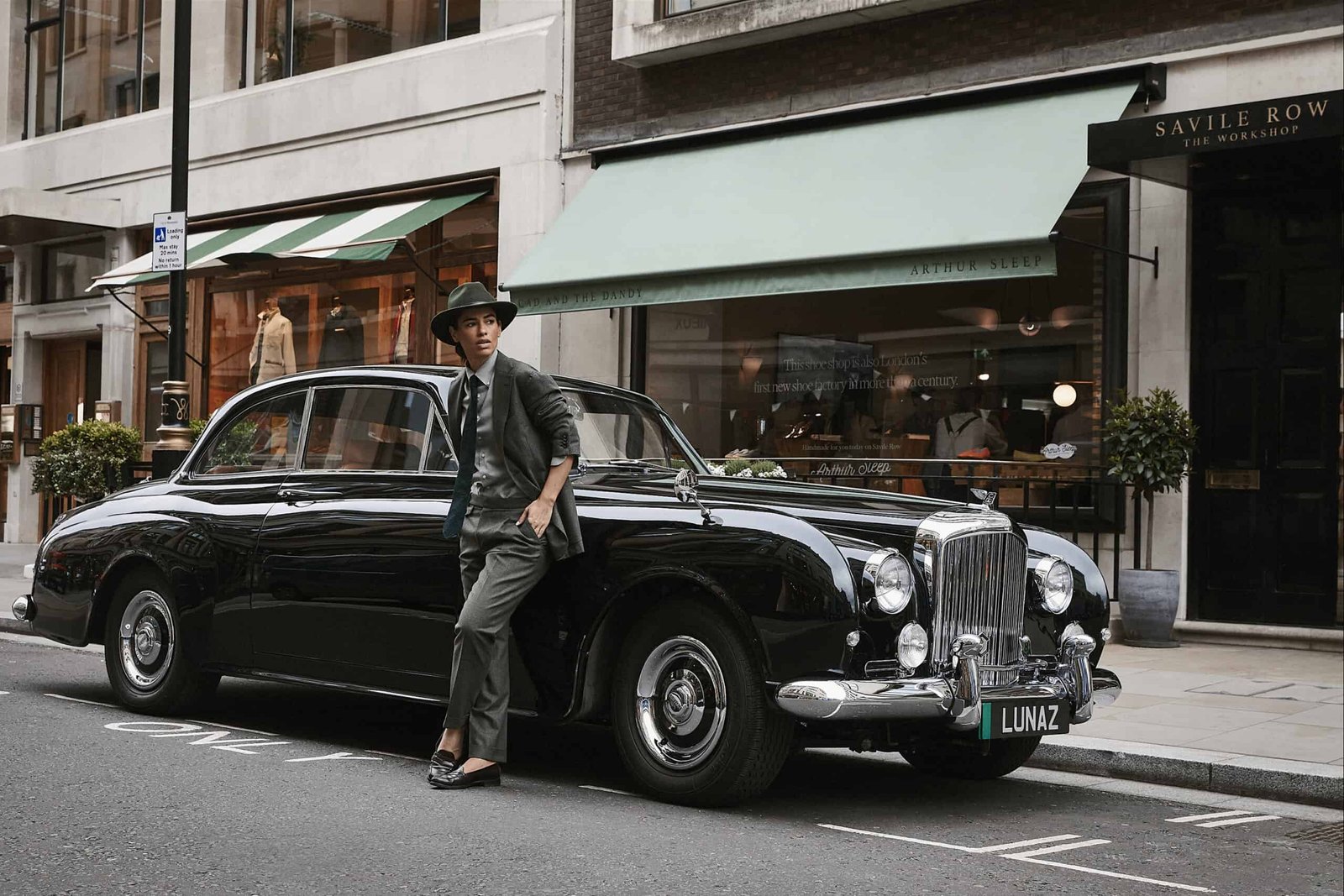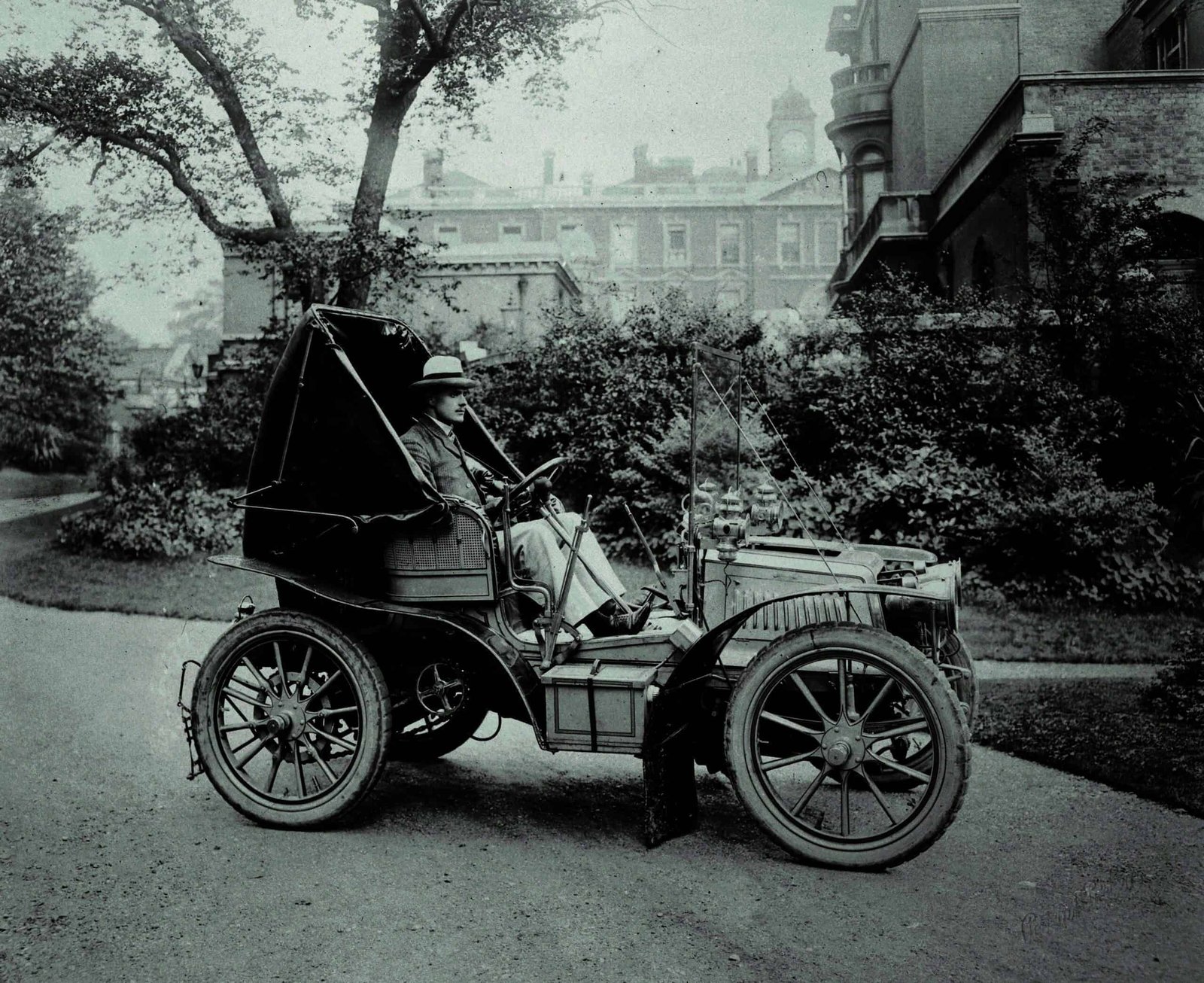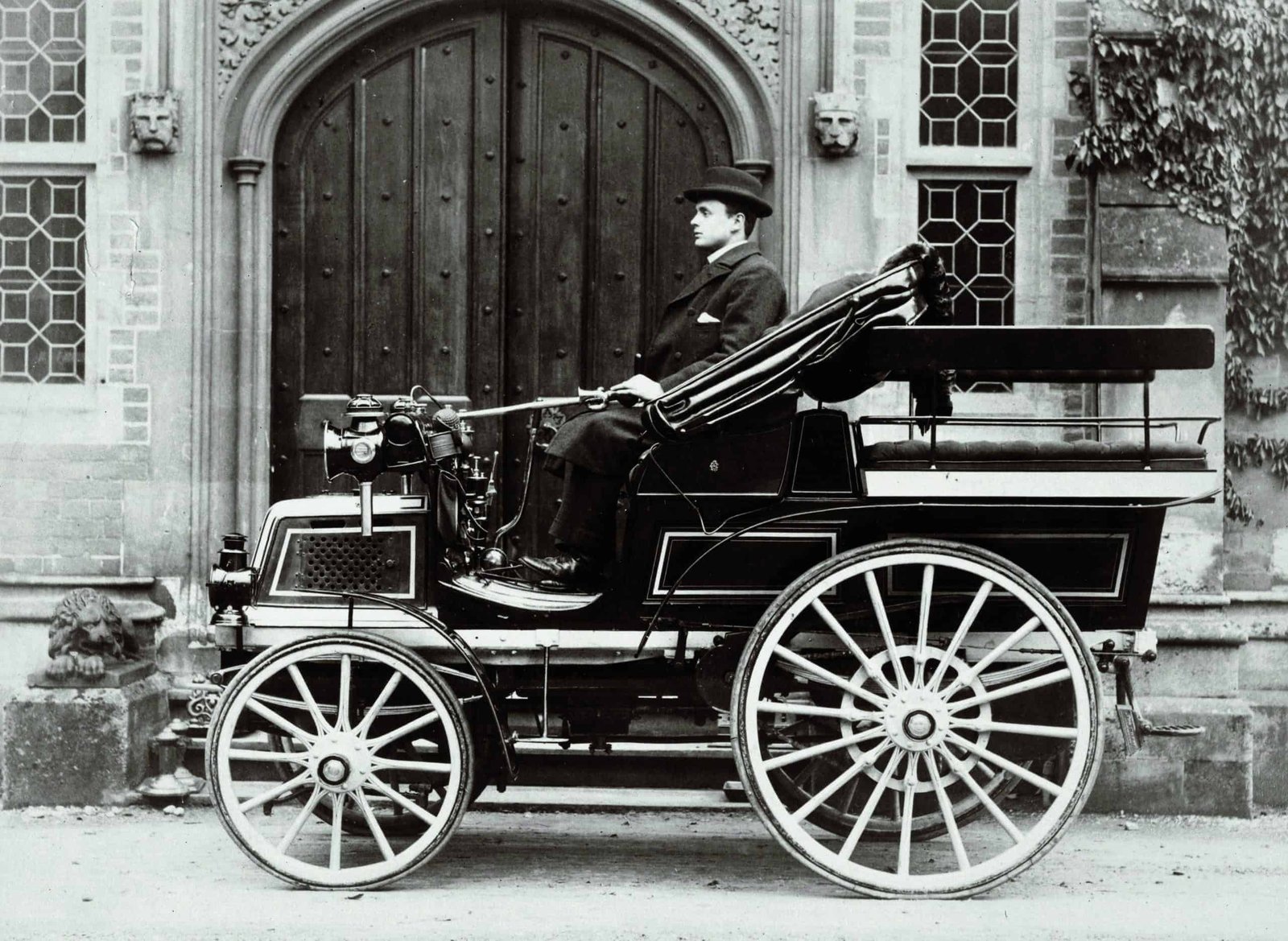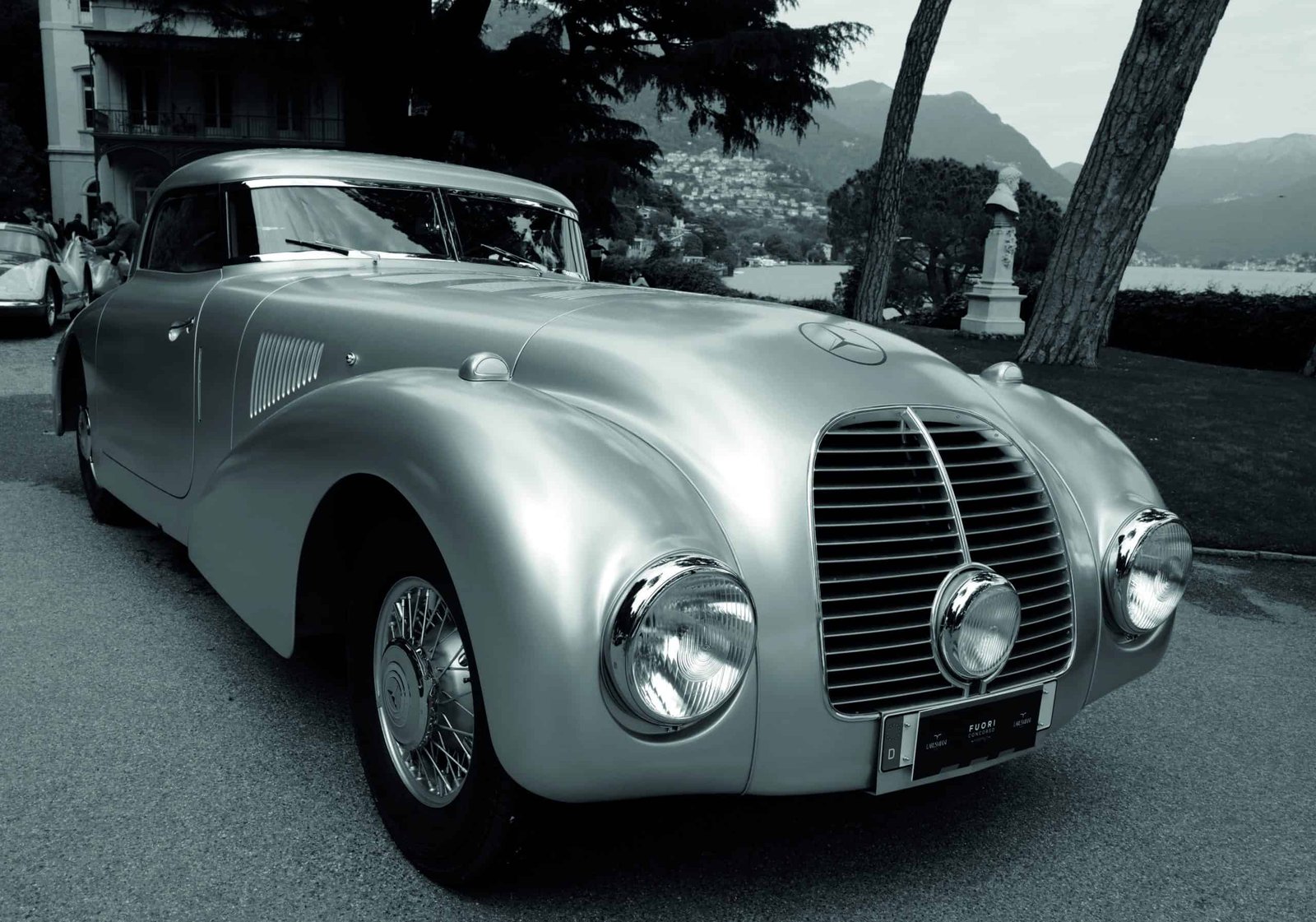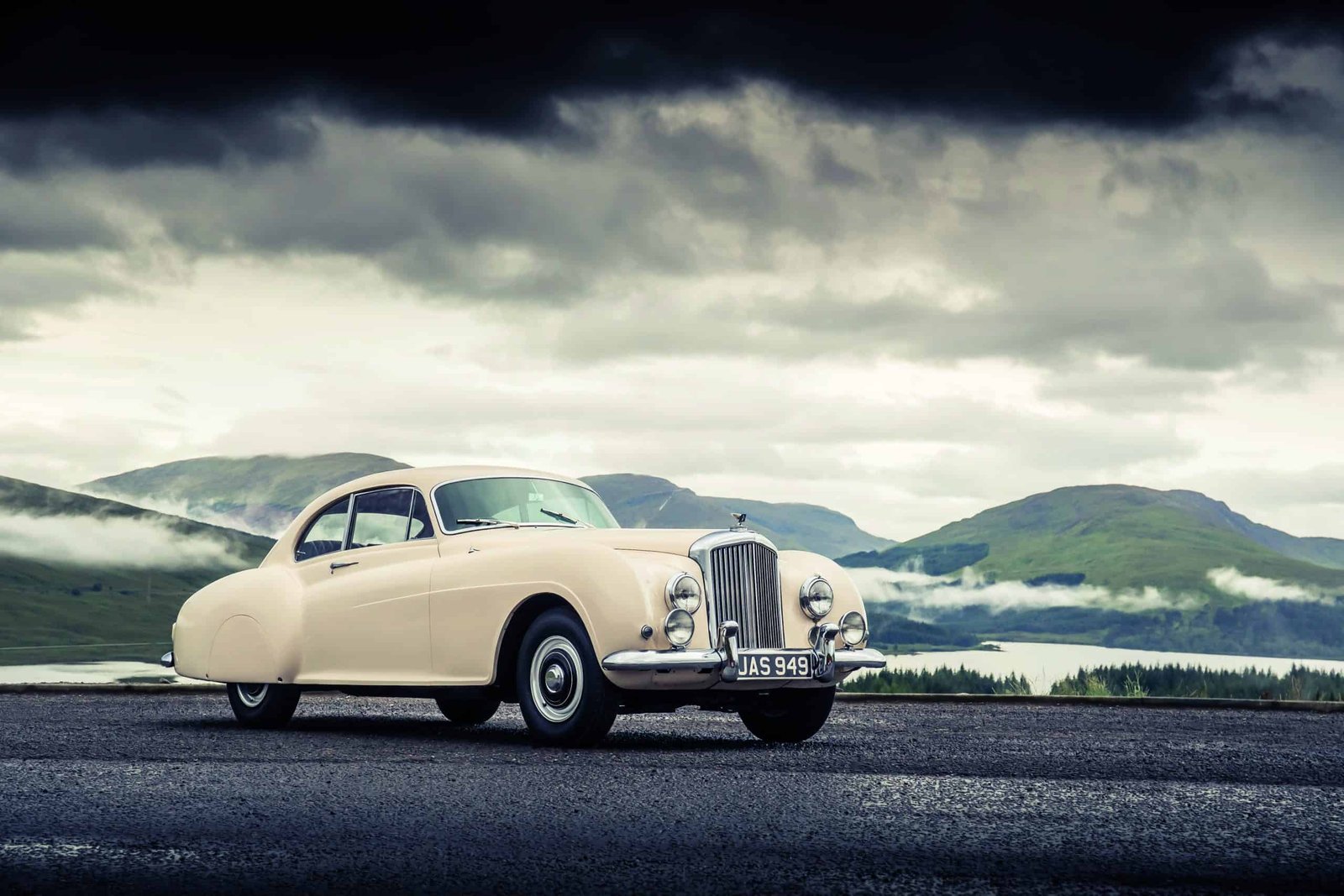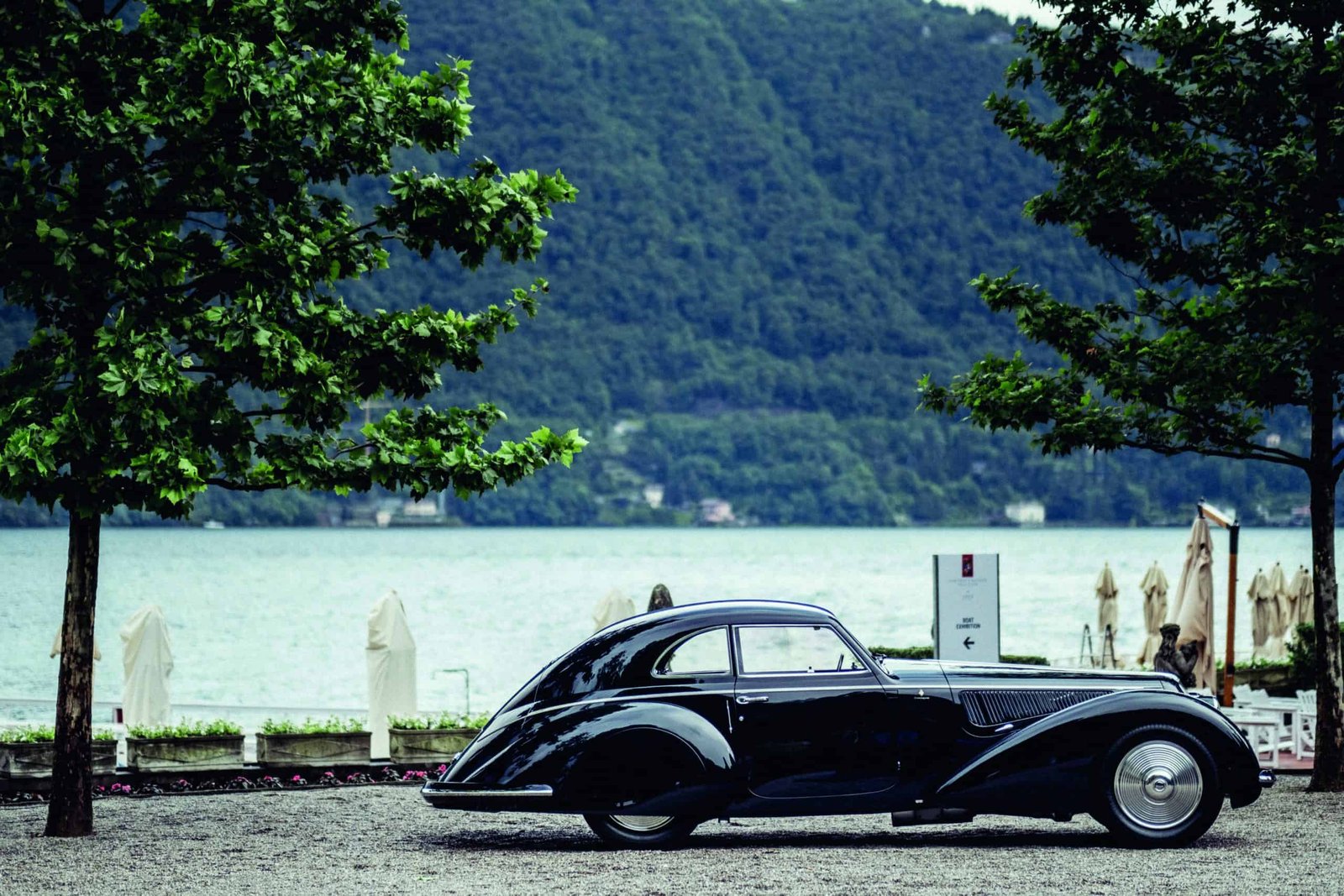A golden age of coachbuilding
As the century progressed, changes in motor car design reflected an increase in social mobility in Britain and abroad. In 1922, the launch of the smaller, more affordable, Rolls-Royce 20hp for the more impecunious owner-driver, affectionately known as the “Baby Rolls”, was considered surprising within aristocratic circles. However, the car was an immediate success among the professional classes.
Svelte-bodied racing cars, cultivated on the bankings of Brooklands by Bentley, Railton, Bugatti and MG, developed at a pace as the playthings of stylish, adventurous young gentlemen of means. Before the breakout of war at the end of the decade, the 1930s witnessed a revolution in production methods, technology and elegance in styling. Many consider the period to be the pinnacle of British coachbuilding.
The heavy yet genteel bodies produced by Carlton, Rippon, Park Ward, Thrupp & Maberly, Gurney Nutting, HJ Mulliner and Windover, often with boat tails, remained characteristically British. Increasingly stylish, the designs’ dignified elegance reflected an understated affluence with a certain dash. Unfortunately, weight often hampered outright performance.
The racy body lines and almost louche atmosphere of some Rolls-Royce Phantom II and Phantom III models began to erode conventional coachbuilding styles as social mores were loosened by the less constrained rhythms of the jazz age. Smaller designers, such as Corsica Coachworks of Cricklewood in north London, produced exotic examples of what author Tom Clarke describes as “glamour at full strength” for the Bugatti 57S chassis, Bentley, Invicta, Frazer Nash and Rolls-Royce 20/25.
A growing concern with testing in wind tunnels and the calculation of drag coefficients began to dominate the artistic flow of the pencil on drawing boards throughout Europe, especially in Italy, Germany and France. However, this preoccupation with streamlined curves and contours was slower to penetrate the more conservative design departments of Britain.




